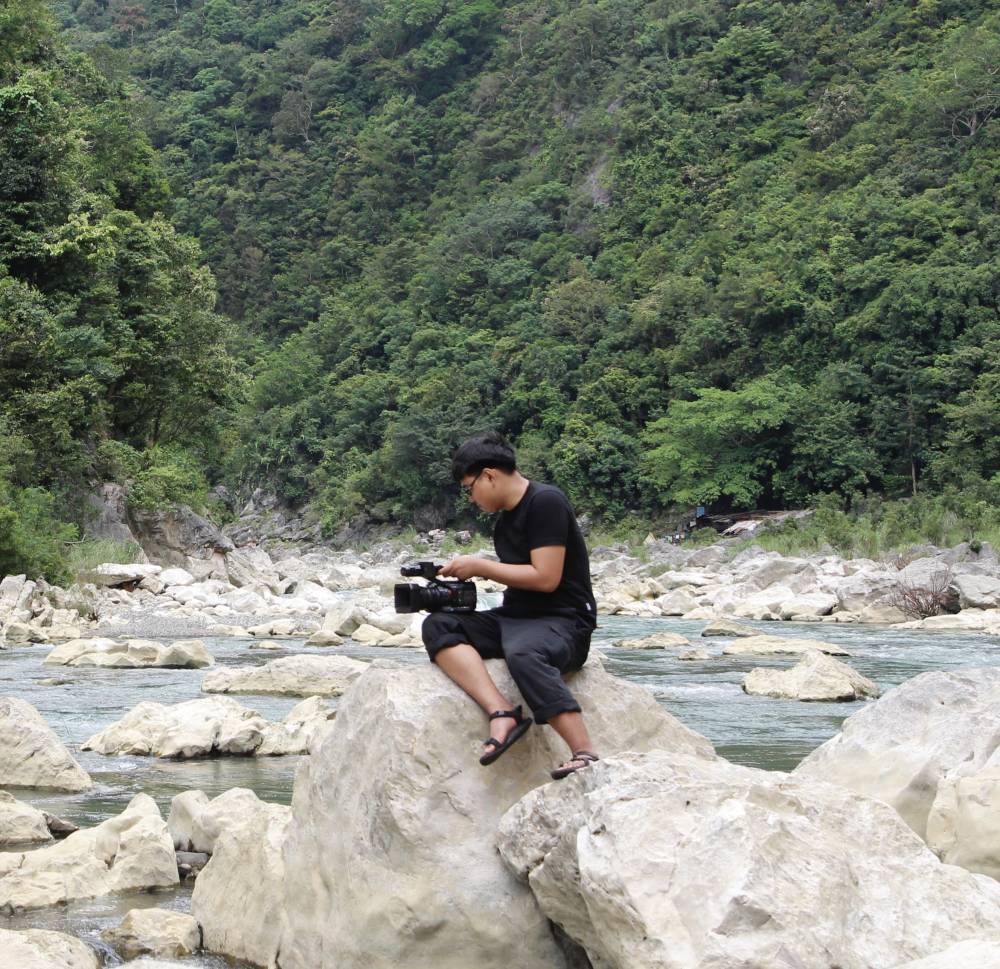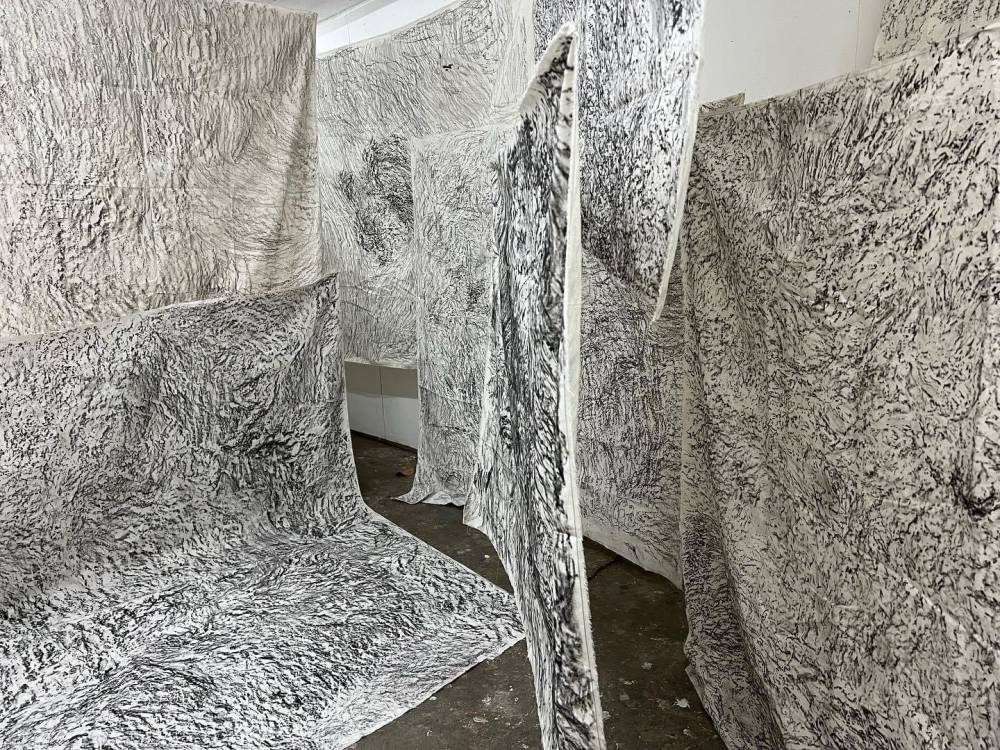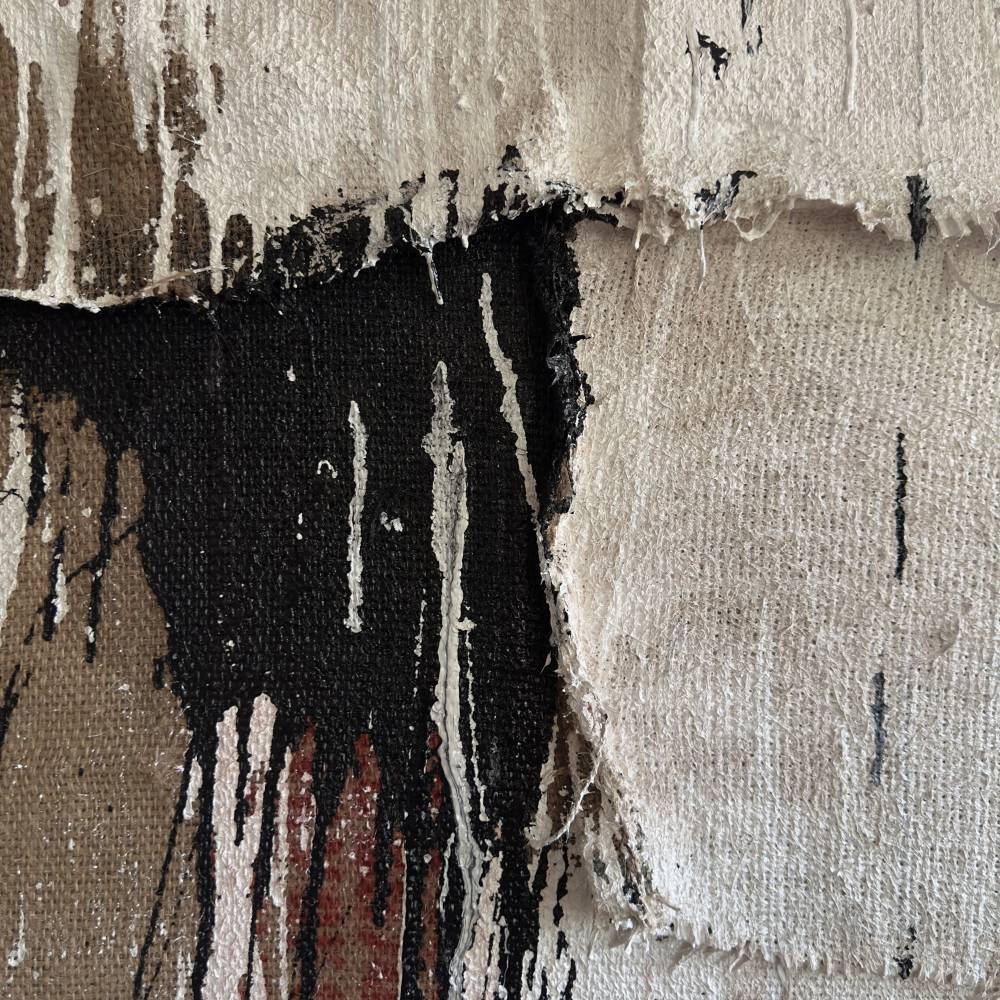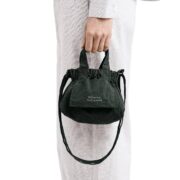Artist’s nomadic past inspires advocacy

Multimedia artist Vian Valencia’s childhood, marked by frequent moves due to financial constraints, instilled in him a deep understanding of how space can influence people and vice versa. This experience, though challenging, shaped his artistic vision and fueled his advocacy for indigenous communities.
Valencia, now 26, has focused his artistic practice on community-based work, particularly with the Dumagat-Remontado indigenous people of Tanay, Rizal. His art serves as a tool to preserve landscapes and raise awareness about the threats faced by their communities.
The Dumagat-Remontado, who have long depended on the Tinipak River, are facing a significant threat posed by the Kaliwa Dam Project. This ongoing construction project, begun in 2021, will inundate 291 hectares of the Kaliwa Watershed Forest Reserve and the ancestral domains of these indigenous groups.
Last guardians of nature
The proposed dam and conveyance tunnel would force the relocation of Dumagat-Remontado communities in General Nakar, Quezon, and Tanay, Rizal, disrupting their traditional livelihoods and way of life.
Valencia, a staunch advocate for indigenous rights, underscores the importance of protecting these communities. “They are the last guardians of nature,” he says. While the Kaliwa Dam Project aims to address Manila’s water supply concerns, it raises serious questions about its environmental and social impacts on the Dumagat-Remontado communities.

In 2016, as a volunteer teacher in an outreach program, Valencia came across the Dumagat-Remontado community. What began as simple drawing and painting lessons soon evolved into a collaborative artistic endeavor. Instead of dictating the creative process, Valencia empowered the children to lead the way, fostering a sense of ownership in their work.
One of the artist’s most notable projects was a series of rock tracings, created using lumber wax crayons on muslin sheets that cascaded from ceiling to floor. This immersive installation evoked the feeling of being surrounded by a landscape of rocks. The process was simple yet profound: “You rubbed the crayon against the surfaces—sheet over stone.”
Titled “your age, my age, and the age of the river,” the series symbolized the rock as the heart or soul of the forest. Tracing the rock represented a deep connection to nature. In the context of the dam project, this act could be seen as a metaphor for the Dumagat-Remontado people’s struggle to defend their ancestral domain and way of life.
Audiovisual archive
The Singapore Art Museum also supported Valencia’s advocacy, funding an audiovisual archive of his ongoing research, which included recordings of the Dumagat-Remontado children’s singing, titled “imprint of an imprint of an imprint.” He was also involved in the “Lost and Found: Sea Shanty Project,” the museum’s curatorial undertaking on the importance of archival documentation and records through artistic practices.

Valencia’s upcoming exhibit, “Strolling Home,” at Vetted art hub, echoes the concept of relocation. The artist gathered jute trading sacks from piers, splattered them with acrylic paint and mounted them on large canvases. These sacks, once filled with commodities, bore the imprints of their origins in India and Vietnam. Valencia sees these sacks as metaphors for humans migrating to new places or tribes being displaced by external forces.
“I’m drawn to materials that carry stories,” Valencia explains in Tagalog. “There’s a parallel between these sacks and humans. We are nomadic and carry our experiences with us.”
The mixed-media works, an assemblage of jute with mottled paint, visually resemble patched-up shanties, makeshift shelters, mended clothing and stains on walls—observations of Valencia’s communities.
Jonathan Matti, a style arbiter and interior designer who owns Vetted, discovered Valencia’s work at another exhibit. The artist had created mixed-media pieces using salvaged wood, old paintbrushes and discarded objects, assembled on canvas. Valencia noted that the idea of collecting objects was similar to that of early humans, who gathered in one place to collect and trade with other groups.
Through his art, Valencia invites us to reflect on our connection to the past and to consider the impact of our choices on the world around us.
The exhibit will run Oct. 5 to Oct. 26 at Vetted, Mile Long Building, Amorsolo St., Legazpi Village, Makati.

















